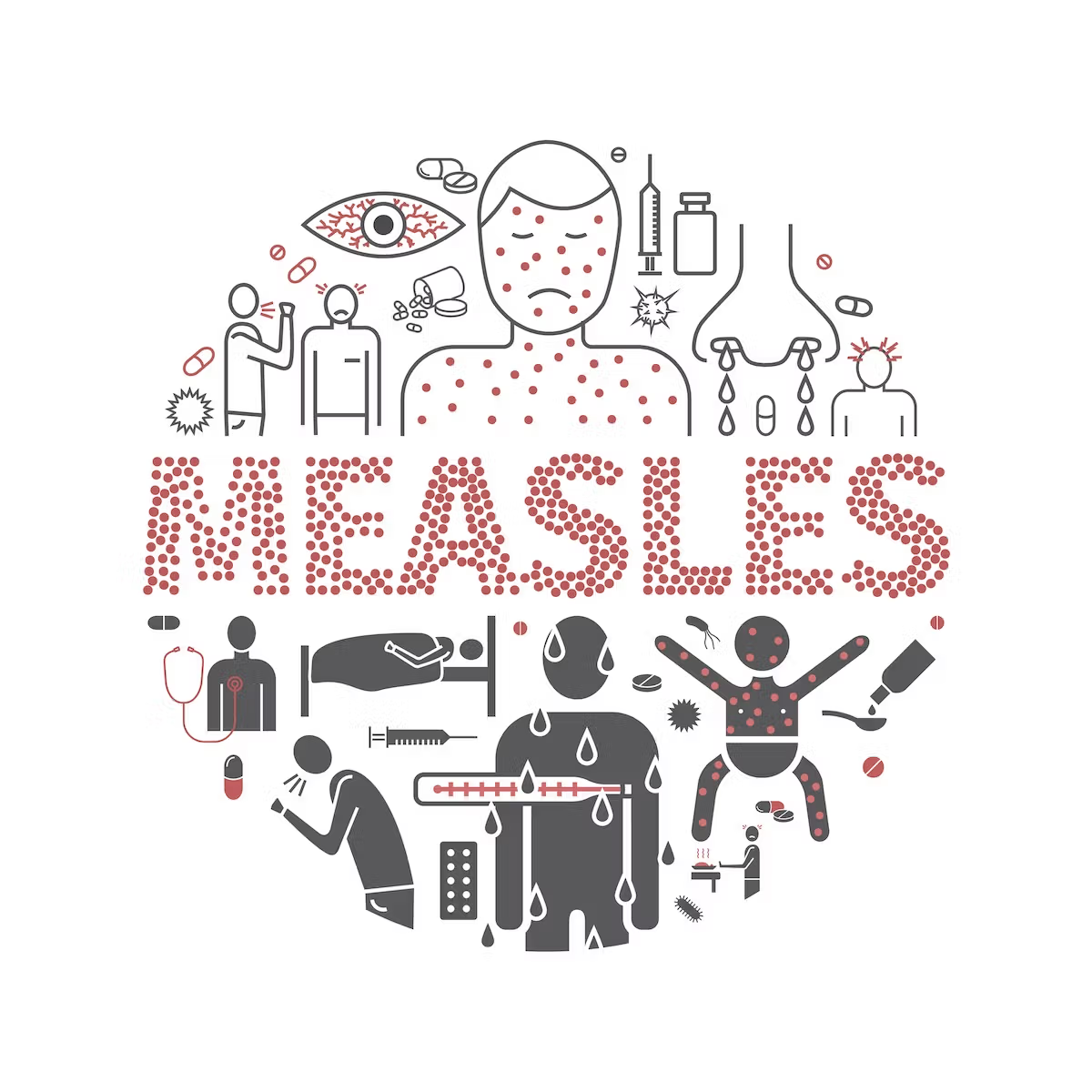Video
Influenza and Racial Disparities
Vaccine experts discuss racial disparities and the impact on influenza vaccinations.
Jason Lee, M.S., Ph.D.(c): Dr. Russell, looking at this graph of vaccine coverage rates by ethnicity in the United States over the last five or six years, there still seems to be a bit of a gap between White, non-Hispanic Americans and all the other ethnicities. What are some of the things that we can do to help close some of these gaps and reduce the disparities between different social demographic groups in the United States?
John J. Russell, M.D.: Sadly, Jason, you could do this graph with so many different illnesses. Part of it is there are still some inequalities that happen in the United States. There are people who have less of a regular source of health care. Someone with a regular source of health care is more likely to be vaccinated. There are historical different feelings about how trustworthy someone is to take recommendations from in health care. Often, that’s based on some good reasons, if you look back historically.
Bridging some of these gaps [is important], sometimes by going to communities and where people get some of their sources of information. For some of these groups, it might be a faith-based group. Sometimes doing flu clinics at faith-based places [helps]. People aren’t necessarily getting information from only their primary doctor or primary clinician. Maybe they’re also getting recommendations from some of their clergy. Decisions are made differently in different families. When we look at how decisions are made, that isn’t a one-size-fits-all either. It isn’t pure autonomy. Some people are much more likely to make decisions in the setting of their family or their faith community, and we need to figure out how decisions are made and how we can help educate. But also, making sure people have a regular source of health care in their community is helpful.
Jason Lee, M.S., Ph.D.(c): Dr. Russell, we talked about the gaps in vaccination rates between different ethnicities in the United States, but it turns out that it isn’t just the differences between vaccination rates. In outcomes, there appears to be a gap between different ethnicities in the number of ICU [intensive care unit] admissions and hospital deaths as well. Would you be able to comment on that a little?
John J. Russell, M.D.: Yes, it’s also the number of comorbidities that certain populations have in the United States. If we look at things like diabetes or obesity, they aren’t evenly distributed across all populations. Having a population that might have an increased burden of other illnesses and not being vaccinated might be much more likely to lead someone to have an ICU stay or a hospital death. Both are tragedies. There are other studies across the world. In New Zealand, they looked over two seasons, and by vaccinating all comers against flu, they had a 90% decrease in ICU admissions for influenza.
Transcript edited for clarity





